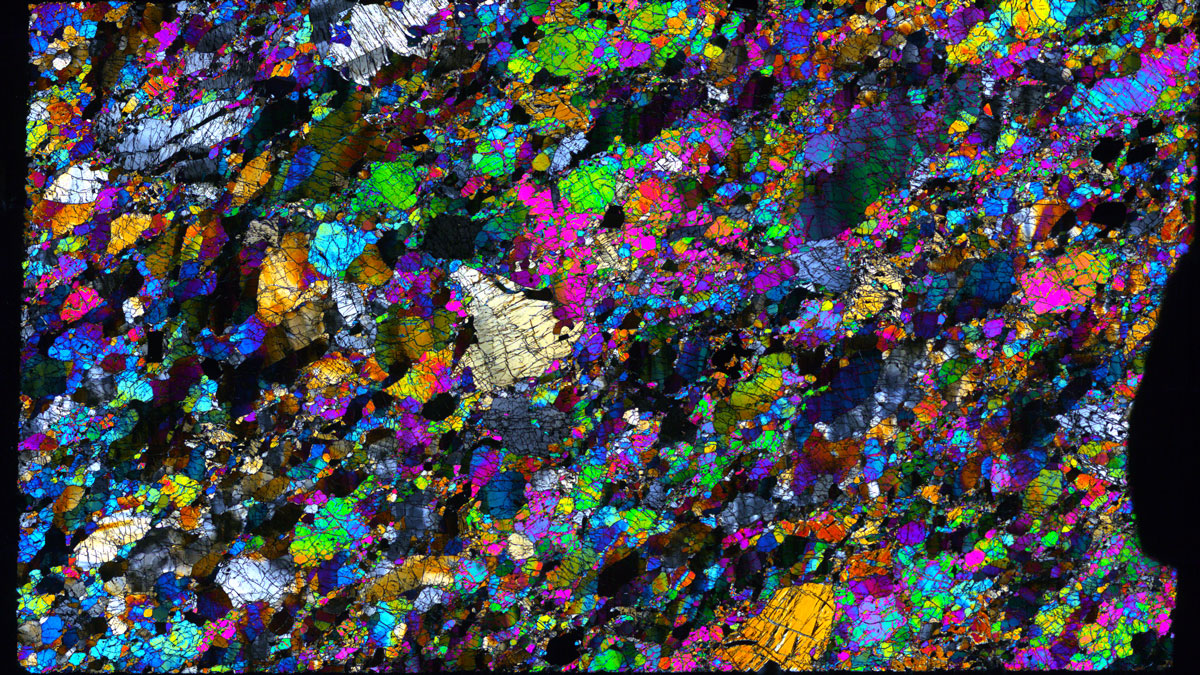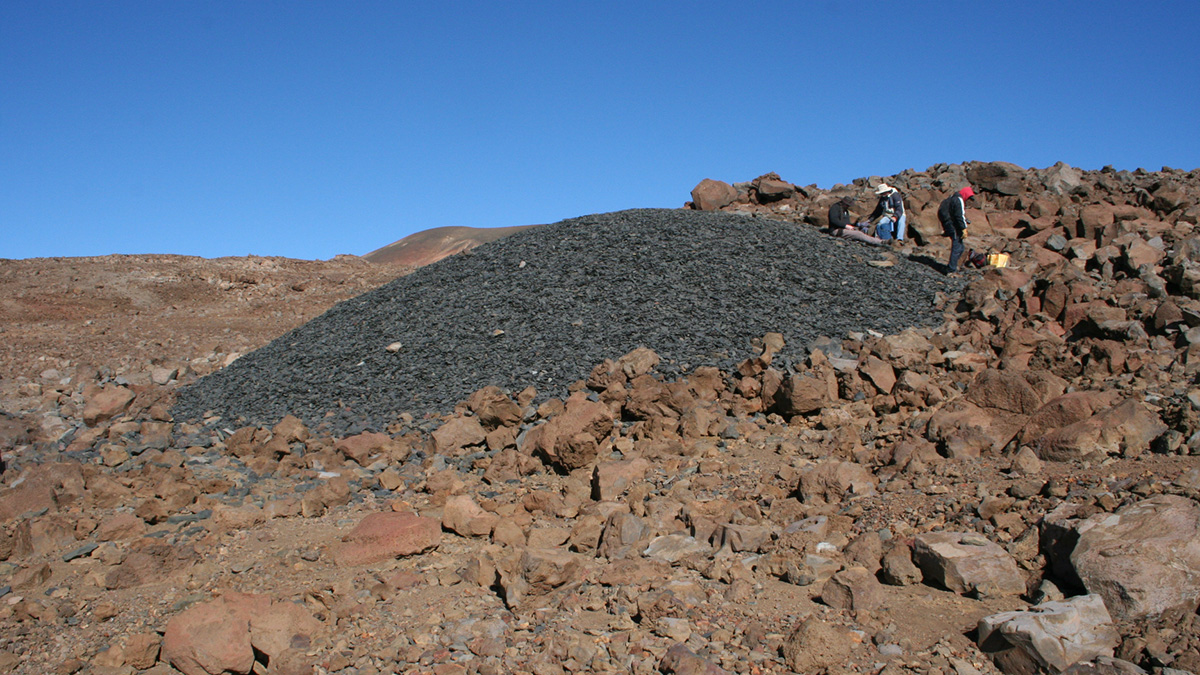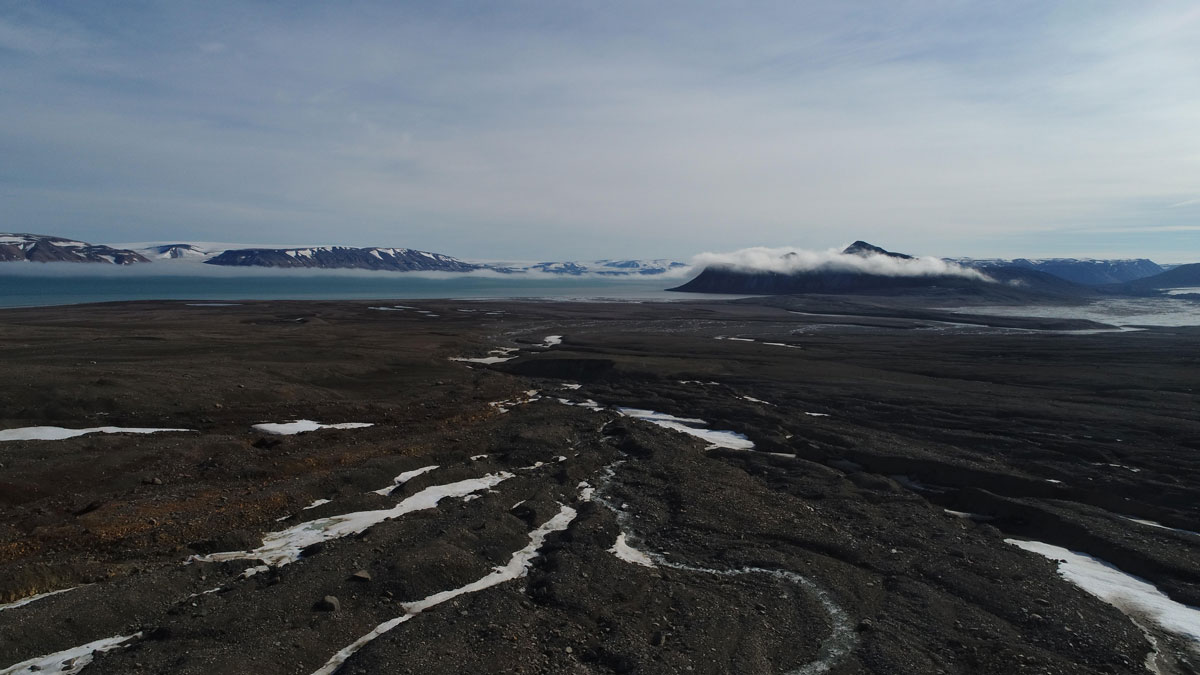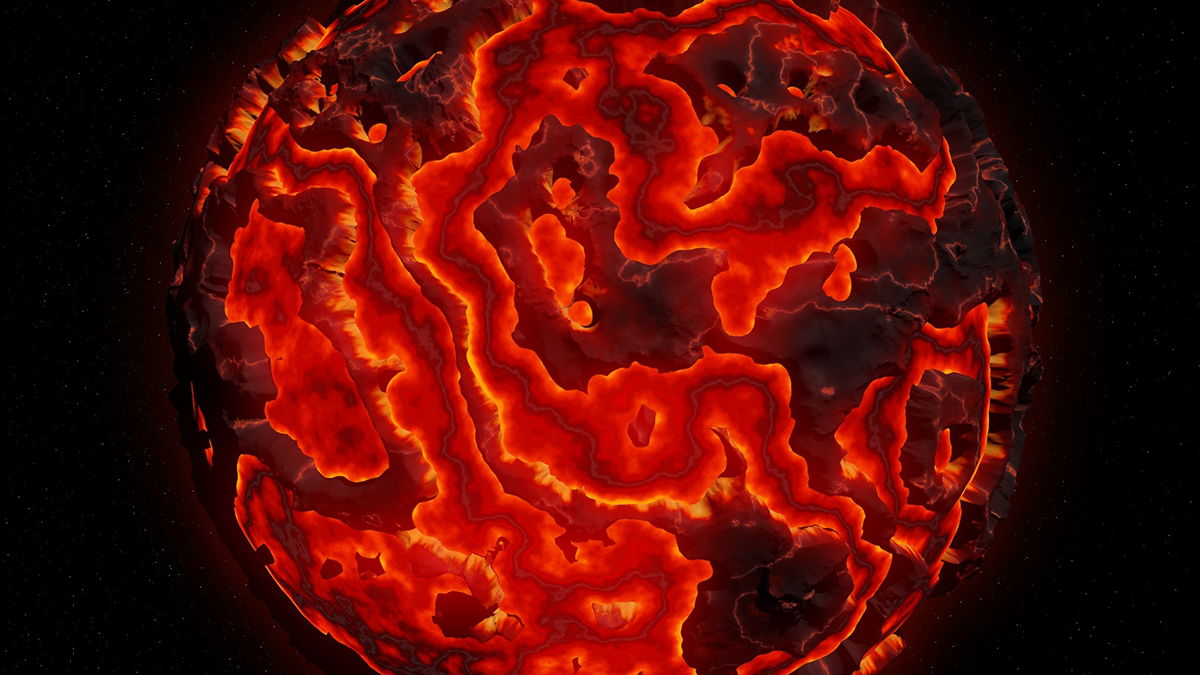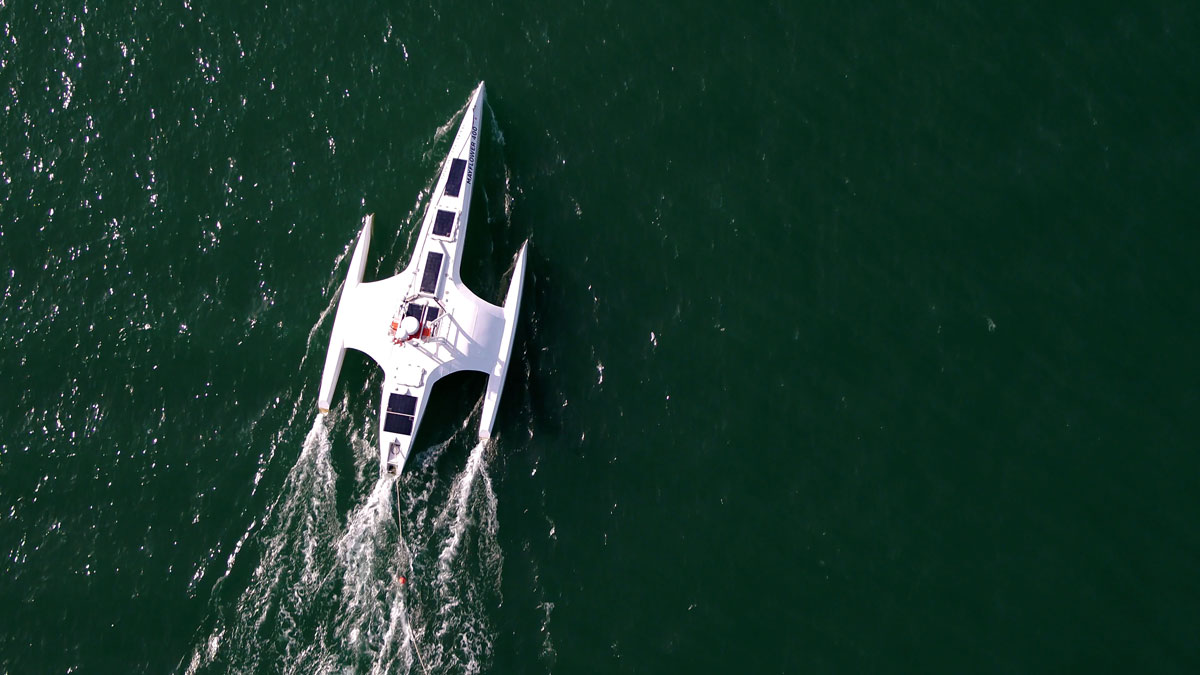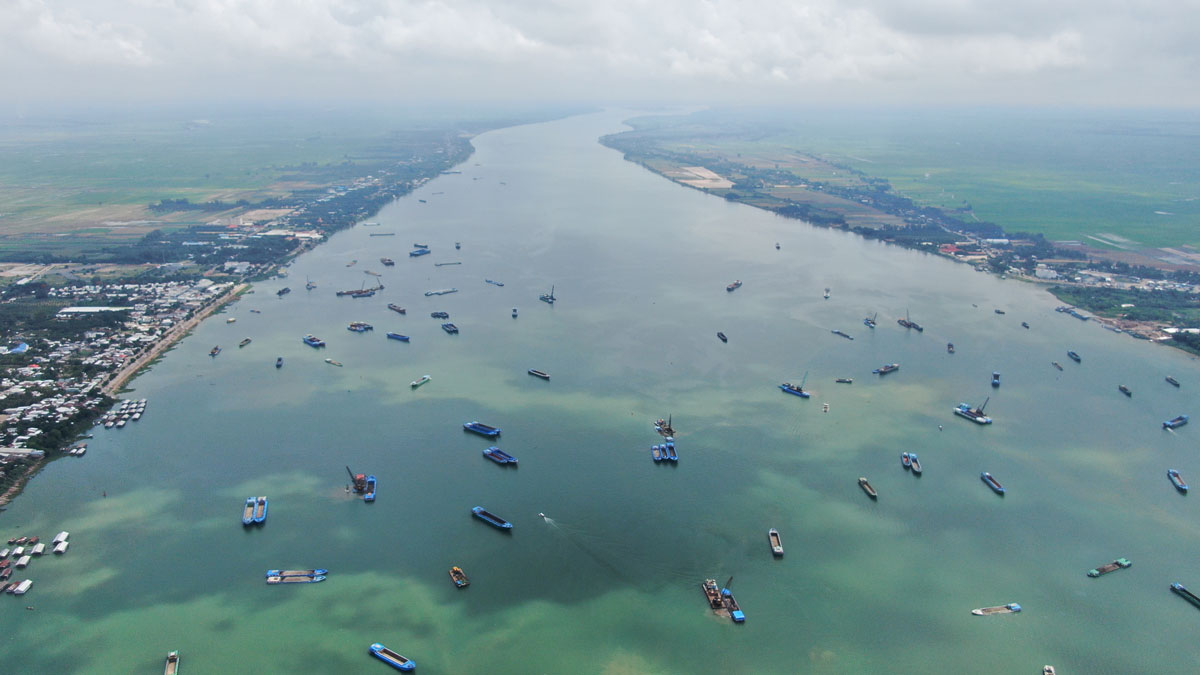Scientists are making strides in monitoring firefighters for pollutant exposure using silicone wristbands, which will become even more important as wildfires encroach on the built environment.
Alka Tripathy-Lang
Alka Tripathy-Lang is a freelance science writer covering stories about Earth and environmental science. Alka holds a Ph.D. in geology from Arizona State University and conducted postdoctoral research at the Berkeley Geochronology Center.
Holey Eclogite!
Scientists have found holes filled with minerals that indicate fluid-filled pores exist many tens of kilometers below Earth’s surface. But no, The Core fans, you still can’t get amethyst-laden geodes in the mantle.
Million or Billion? Narrowing Down the Age of Mantle Processes in New Guinea
Mantle rocks in Papua New Guinea contain curious geochemical signatures that scientists have traditionally interpreted as evidence of billions-year-old melting. New evidence suggests otherwise.
How a Newly Discovered Mineral Might Explain Weird Mantle Behavior
Scientists not only synthesized davemaoite but deformed it at lower mantle conditions. They found its strength and viscosity to be substantially lower than those of other minerals that make up the lower mantle.
Geochemical Data from Polynesian Artifacts Pack Pofatu Database
A new resource may help match artifacts with their original stone sources—“a really a niche part of archaeology that requires geological expertise.”
Navigating the Pacific with Wind, Waves, and Stars
Ancient Polynesian voyagers sailed thousands of kilometers with no maps or compasses; they followed nature’s clues. Using the same tools, the Moananuiākea Voyage will set sail from Alaska and circle the Pacific.
Updating Dating Helps Tackle Deep-Time Quandaries
Geochronologists are finding fresh approaches to familiar methodologies, especially by zapping rocks with lasers to tackle classic Precambrian problems.
Layered Zone Beneath Coral Sea Suggests Ancient Magma Ocean
Scientists studying South Pacific earthquakes suggest that an ultralow-velocity zone at the core-mantle boundary may be a remnant of a molten early Earth.
A New Mayflower, Named for the Past, Autonomously Navigates the Future
To commemorate the 400th anniversary of the Pilgrims’ crossing, a ship guided by an AI captain will embark on the same journey, doing science along the way.
Satellites Spy on Sand Mining in the Mekong
Concrete, used in everything from streets to skyscrapers, needs sand, often mined from active rivers in developing countries with little oversight. Researchers can now use satellites to keep watch.



